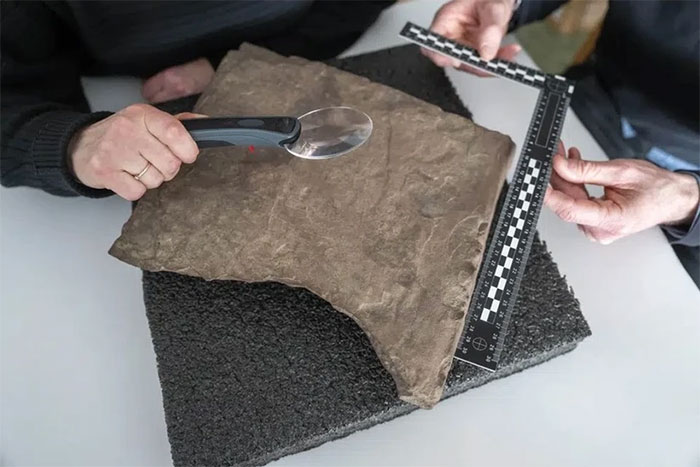On January 23, Denmark’s Odense Museum announced that this country’s archaeologists had found a small knife engraved with runes , dating back 2,000 years. This is the oldest remnant of Scandinavian writing found in this country.
Archaeologist Jakob Bonde said there were five runes on the blade of the ancient knife and they were the oldest that archaeologists had in Denmark.
 Archaeologists in this country have found a small knife engraved with runes. (Illustration photo: AFP).
Archaeologists in this country have found a small knife engraved with runes. (Illustration photo: AFP).
The iron knife dating back to about 150 AD was found in a tomb in the eastern cemetery of the city of Odense, central Denmark. The five runes spell out the word “hirila” , which in the Proto-Norse language in use at the time meant “little sword.”
Archaeologist Bonde sees these words as notes from the past, offering an opportunity to better understand the development of Scandinavia’s oldest known language and how people interacted with each other. .
According to archaeologist Bonde, the person who owned this knife wanted to prove or wished to become some kind of warrior.
Runes belong to the oldest alphabet in Scandinavian languages. They were used from the 1st or 2nd century AD in Northern Europe until being replaced by the Latin alphabet in the 10th century in the context of popular Christianity in Europe.
The first traces archaeologists have of human settlements in what is now Denmark date back to the Stone Age – around 4,000 BC – but there are no traces of any writing. written before the Iron Age (from 0 – 400 AD).
In 1865, archaeologists found a small bone comb inscribed with runes and dated to the same time as the knife. Remains of runes are also found on stone stele in the town of Jelling built in the 10th century.
According to archaeologists, when writing first appeared in Scandinavia, they were just small lines and appeared mainly on objects.





